Home>Furniture & Design>Bathroom Accessories>How To Choose A Toothbrush
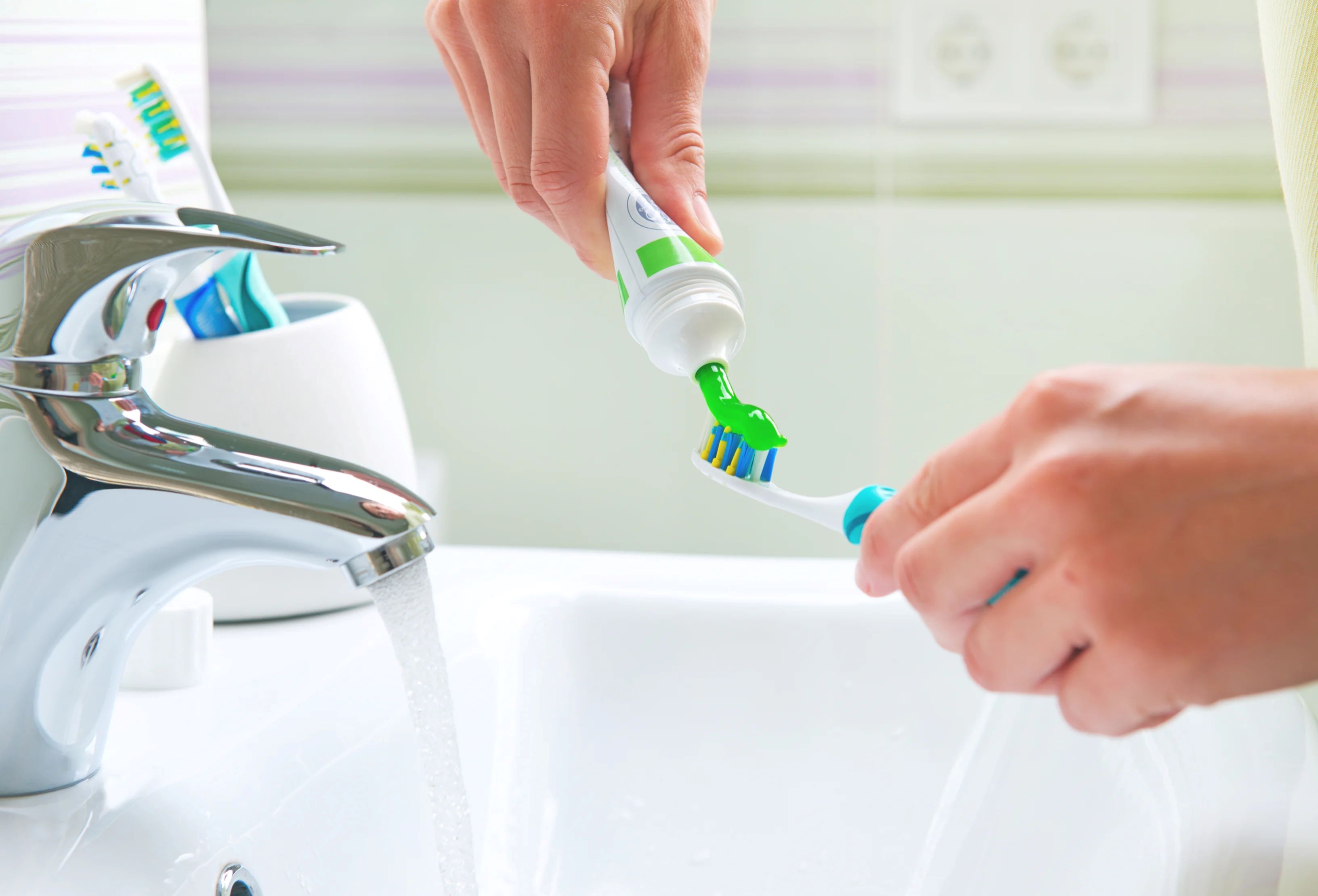

Bathroom Accessories
How To Choose A Toothbrush
Modified: October 18, 2024
Discover how to select the perfect toothbrush for your oral hygiene routine. Explore our guide to bathroom accessories and find the ideal fit for your needs.
(Many of the links in this article redirect to a specific reviewed product. Your purchase of these products through affiliate links helps to generate commission for Storables.com, at no extra cost. Learn more)
Importance of Choosing the Right Toothbrush
Selecting the right toothbrush is a crucial aspect of maintaining good oral hygiene. The toothbrush is a fundamental tool for daily oral care, and its effectiveness directly impacts the health of your teeth and gums. By choosing a suitable toothbrush, you can ensure that your oral hygiene routine is optimized for the best results.
The importance of choosing the right toothbrush cannot be overstated. A toothbrush that meets your specific needs and preferences can significantly contribute to the overall health of your mouth. It plays a pivotal role in removing plaque, food particles, and bacteria from the surfaces of your teeth and along the gum line. Moreover, using an appropriate toothbrush can help prevent oral health issues such as cavities, gum disease, and bad breath.
Furthermore, the right toothbrush can enhance your overall brushing experience. It should feel comfortable in your hand and be easy to maneuver inside your mouth. A well-chosen toothbrush can make the daily task of brushing your teeth more enjoyable and effective, encouraging you to maintain a consistent oral care routine.
In essence, the right toothbrush is not just a tool for cleaning your teeth; it is a key component of your oral health regimen. By selecting a toothbrush that aligns with your individual needs and preferences, you can take a proactive step towards maintaining a healthy and radiant smile.
Key Takeaways:
- Choose a toothbrush with soft bristles, a comfortable grip, and ADA approval for optimal oral hygiene. Consider your specific needs and preferences when deciding between manual and electric options.
- Maintain your toothbrush by rinsing thoroughly, allowing for air-drying, and replacing it regularly. Avoid sharing toothbrushes and seek professional advice for personalized care.
Read more: How To Choose An Electric Toothbrush
Factors to Consider When Choosing a Toothbrush
When it comes to selecting a toothbrush, several factors should be taken into consideration to ensure that it effectively meets your oral care needs. Understanding these factors can help you make an informed decision and choose a toothbrush that aligns with your specific requirements. Here are the key considerations to keep in mind:
1. Bristle Firmness:
The firmness of the bristles is a crucial factor to consider when choosing a toothbrush. Bristles are available in soft, medium, and hard variations. Dentists generally recommend using a toothbrush with soft bristles, as they are gentle on the gums and less likely to cause damage to the tooth enamel. Soft bristles effectively remove plaque and debris from the teeth without causing irritation to the gums, making them suitable for most individuals.
2. Head Size and Shape:
The size and shape of the toothbrush head play a significant role in its effectiveness. A toothbrush with a smaller head can easily reach all areas of the mouth, including the back molars and other hard-to-reach areas. This ensures thorough cleaning and helps prevent the accumulation of plaque in areas that are often overlooked. Additionally, a toothbrush head that comfortably fits in your mouth allows for better control and maneuverability during brushing.
3. Handle Design and Grip:
The design and grip of the toothbrush handle are important considerations for overall comfort and control during brushing. A toothbrush with a comfortable and ergonomic handle design can make the brushing experience more enjoyable and effective. Additionally, a non-slip grip can provide better control, especially when brushing with wet hands. It's essential to choose a toothbrush that feels comfortable to hold and allows for easy manipulation while brushing.
Read more: How To Choose A Recliner
4. Manual or Electric:
Deciding between a manual or electric toothbrush is a personal preference, and both options have their advantages. Manual toothbrushes are simple, affordable, and widely available, making them a popular choice. On the other hand, electric toothbrushes offer features such as built-in timers, pressure sensors, and various brushing modes, which can enhance the brushing experience and ensure thorough cleaning. Consider your specific needs and preferences when choosing between these options.
5. ADA Approval:
Look for the American Dental Association (ADA) seal of approval when selecting a toothbrush. This seal indicates that the toothbrush has been evaluated for safety and effectiveness by an independent body of scientific experts. Choosing a toothbrush with the ADA seal ensures that you are selecting a quality product that meets the highest standards of oral care.
By carefully considering these factors, you can make an informed decision when choosing a toothbrush that best suits your individual oral care needs. Prioritizing these considerations can lead to a more effective and enjoyable brushing experience, ultimately contributing to the overall health and cleanliness of your teeth and gums.
Types of Toothbrush Bristles
When selecting a toothbrush, one of the critical considerations is the type of bristles it features. Toothbrush bristles come in various firmness levels, including soft, medium, and hard. Each type of bristle offers distinct benefits and considerations, and understanding the differences can help you make an informed decision based on your oral care needs.
Soft Bristles
Toothbrushes with soft bristles are widely recommended by dental professionals for several reasons. Soft bristles are gentle on the gums, making them suitable for individuals with sensitive gums or those prone to gum recession. They effectively remove plaque and debris from the teeth without causing irritation, making them an excellent choice for most people. Additionally, soft bristles are less likely to cause damage to the tooth enamel, promoting overall oral health.
Read more: How To Choose Siding
Medium Bristles
Medium bristles provide a balance between the gentle nature of soft bristles and the more robust cleaning action of hard bristles. While they can effectively remove plaque and debris, medium bristles may be suitable for individuals who prefer a slightly firmer texture during brushing. However, it's important to use medium bristles with caution, as excessive pressure or aggressive brushing can potentially lead to gum irritation and enamel wear.
Hard Bristles
Toothbrushes with hard bristles offer a more vigorous cleaning action, making them potentially effective at removing stubborn plaque and stains. However, hard bristles are not generally recommended for regular use, as they can be abrasive on the gums and tooth enamel. Prolonged use of hard bristles may lead to gum recession, enamel erosion, and increased tooth sensitivity. Therefore, it's essential to consult with a dental professional before opting for a toothbrush with hard bristles to ensure it aligns with your specific oral care needs.
When choosing the right toothbrush bristles, it's important to consider factors such as gum sensitivity, enamel strength, and overall oral health. Most dental associations and professionals recommend soft bristles as the preferred option for daily brushing, as they effectively clean the teeth while minimizing the risk of damage to the gums and enamel. However, individual preferences and specific oral health conditions may warrant the use of medium or hard bristles under professional guidance.
By understanding the characteristics and implications of different bristle types, you can make an informed decision when selecting a toothbrush that promotes optimal oral hygiene and contributes to the overall health of your teeth and gums.
Manual vs Electric Toothbrushes
When it comes to oral hygiene, the choice between a manual and an electric toothbrush is a decision that many individuals face. Both options have their unique features and benefits, and understanding the differences between them can help you make an informed decision based on your specific oral care needs.
Manual Toothbrushes
Manual toothbrushes have been a staple in oral care for generations. They are simple, affordable, and widely accessible, making them a popular choice for individuals of all ages. Manual toothbrushes come in various sizes, shapes, and bristle configurations, allowing users to select a brush that aligns with their preferences and oral care requirements.
One of the primary advantages of manual toothbrushes is their simplicity. They require no batteries or charging, making them convenient for travel and everyday use. Additionally, manual toothbrushes offer users full control over the brushing technique and pressure, allowing for a personalized brushing experience tailored to individual comfort levels.
Read more: How To Choose A Bathtub
Electric Toothbrushes
Electric toothbrushes, on the other hand, have gained popularity due to their advanced features and potential benefits for oral health. These toothbrushes are equipped with oscillating, rotating, or sonic technology, providing varying degrees of brushing motions to effectively remove plaque and debris from the teeth and along the gum line.
One of the key advantages of electric toothbrushes is their ability to provide consistent and thorough cleaning. Many electric toothbrush models feature built-in timers that ensure users brush for the recommended two minutes, promoting optimal oral hygiene. Additionally, some electric toothbrushes are equipped with pressure sensors that alert users when excessive force is applied, helping prevent aggressive brushing that can lead to gum irritation and enamel wear.
Choosing the Right Option
When deciding between a manual and an electric toothbrush, it's essential to consider your specific oral care needs, preferences, and lifestyle. Manual toothbrushes are suitable for individuals who prefer a traditional brushing experience and have mastered a brushing technique that effectively cleans their teeth and gums. On the other hand, electric toothbrushes are ideal for those seeking advanced features, such as timers, pressure sensors, and varying brushing modes, to enhance their oral care routine.
Ultimately, the choice between a manual and an electric toothbrush is a personal decision that should align with your oral health goals and preferences. Both options can effectively contribute to maintaining good oral hygiene when used correctly and consistently. By understanding the unique features and benefits of each type of toothbrush, you can make an informed decision that promotes the health and cleanliness of your teeth and gums.
Special Features to Look for in a Toothbrush
When selecting a toothbrush, considering special features can elevate your oral care routine and contribute to improved dental health. These features are designed to enhance the brushing experience, promote thorough cleaning, and address specific oral care needs. Understanding the special features to look for in a toothbrush can help you make an informed decision based on your individual requirements.
Built-in Timers
A toothbrush with a built-in timer is a valuable feature that encourages proper brushing habits. Many dental professionals recommend brushing for a minimum of two minutes to ensure comprehensive cleaning. A toothbrush equipped with a timer notifies users when the recommended brushing duration is achieved, promoting consistent and effective oral care.
Read more: How To Choose A Printer
Pressure Sensors
Some advanced toothbrush models are designed with pressure sensors that alert users when excessive force is applied during brushing. This feature helps prevent aggressive brushing, which can lead to gum irritation and enamel wear. By providing real-time feedback, pressure sensors promote gentle and thorough cleaning, contributing to overall oral health.
Brushing Modes
Electric toothbrushes often offer multiple brushing modes, such as daily cleaning, sensitive teeth, gum care, and whitening. These modes allow users to customize their brushing experience based on their specific oral care needs. For example, individuals with sensitive gums can benefit from a gentle brushing mode, while those seeking whitening effects may opt for a mode designed to remove surface stains.
Interchangeable Brush Heads
Certain toothbrush models feature interchangeable brush heads, allowing users to switch between different bristle configurations based on their preferences and oral care requirements. Interchangeable brush heads can cater to specific needs, such as deep cleaning, gum massage, or orthodontic care, providing a versatile brushing solution for diverse oral health concerns.
UV Sanitization
Some electric toothbrushes come with UV sanitization chambers designed to kill bacteria and germs that may accumulate on the brush heads. This feature can be particularly beneficial for individuals seeking enhanced hygiene and cleanliness in their oral care routine, especially for those with specific health considerations or a desire for additional sanitization measures.
By considering these special features when choosing a toothbrush, you can tailor your oral care routine to align with your individual needs and preferences. Whether you prioritize advanced technology, personalized cleaning modes, or enhanced hygiene measures, selecting a toothbrush with these special features can contribute to a more effective and enjoyable brushing experience, ultimately promoting the health and cleanliness of your teeth and gums.
Read more: How To Use A Toothbrush
Tips for Maintaining Your Toothbrush
Proper maintenance of your toothbrush is essential to ensure its effectiveness and promote optimal oral hygiene. By implementing the following tips for maintaining your toothbrush, you can maximize its longevity and contribute to a hygienic brushing experience.
-
Rinse Thoroughly After Each Use: After brushing your teeth, thoroughly rinse your toothbrush under running water to remove any remaining toothpaste, food particles, and saliva. Rinsing the bristles helps prevent the accumulation of debris and maintains the cleanliness of the brush.
-
Allow for Air-Drying: After rinsing, store your toothbrush in an upright position to air-dry. Placing the toothbrush in an open-air environment allows moisture to evaporate, reducing the likelihood of bacterial growth. Avoid covering the toothbrush immediately after use, as this can create a damp environment conducive to microbial proliferation.
-
Replace Regularly: Monitor the condition of your toothbrush and replace it approximately every three to four months, or sooner if the bristles show signs of wear. Over time, bristles can become frayed and less effective at removing plaque and debris. By replacing your toothbrush regularly, you ensure that it continues to provide optimal cleaning performance.
-
Avoid Sharing Toothbrushes: It is important to use your own toothbrush and avoid sharing it with others. Sharing toothbrushes can lead to the transfer of bacteria and germs, increasing the risk of oral infections and illnesses. Each individual should have their own designated toothbrush for personal use.
-
Clean and Sanitize Periodically: Consider cleaning your toothbrush periodically to remove any residual bacteria. You can do this by soaking the toothbrush head in an antibacterial mouthwash or a solution of water and hydrogen peroxide for a few minutes. Additionally, some electric toothbrushes offer UV sanitization features to eliminate germs from the brush heads.
-
Store Separately: If multiple toothbrushes are stored in the same holder or container, ensure that they do not come into contact with each other. Storing toothbrushes separately prevents cross-contamination and maintains the individual cleanliness of each brush.
-
Seek Professional Advice: If you have specific oral health concerns or conditions, such as gum disease or orthodontic appliances, consult your dentist or oral healthcare provider for personalized recommendations on toothbrush maintenance and care.
By incorporating these tips into your oral care routine, you can ensure that your toothbrush remains clean, effective, and conducive to maintaining optimal oral health. Proper maintenance of your toothbrush not only supports its longevity but also contributes to a hygienic and enjoyable brushing experience, ultimately benefiting the health and cleanliness of your teeth and gums.
Frequently Asked Questions about How To Choose A Toothbrush
Was this page helpful?
At Storables.com, we guarantee accurate and reliable information. Our content, validated by Expert Board Contributors, is crafted following stringent Editorial Policies. We're committed to providing you with well-researched, expert-backed insights for all your informational needs.
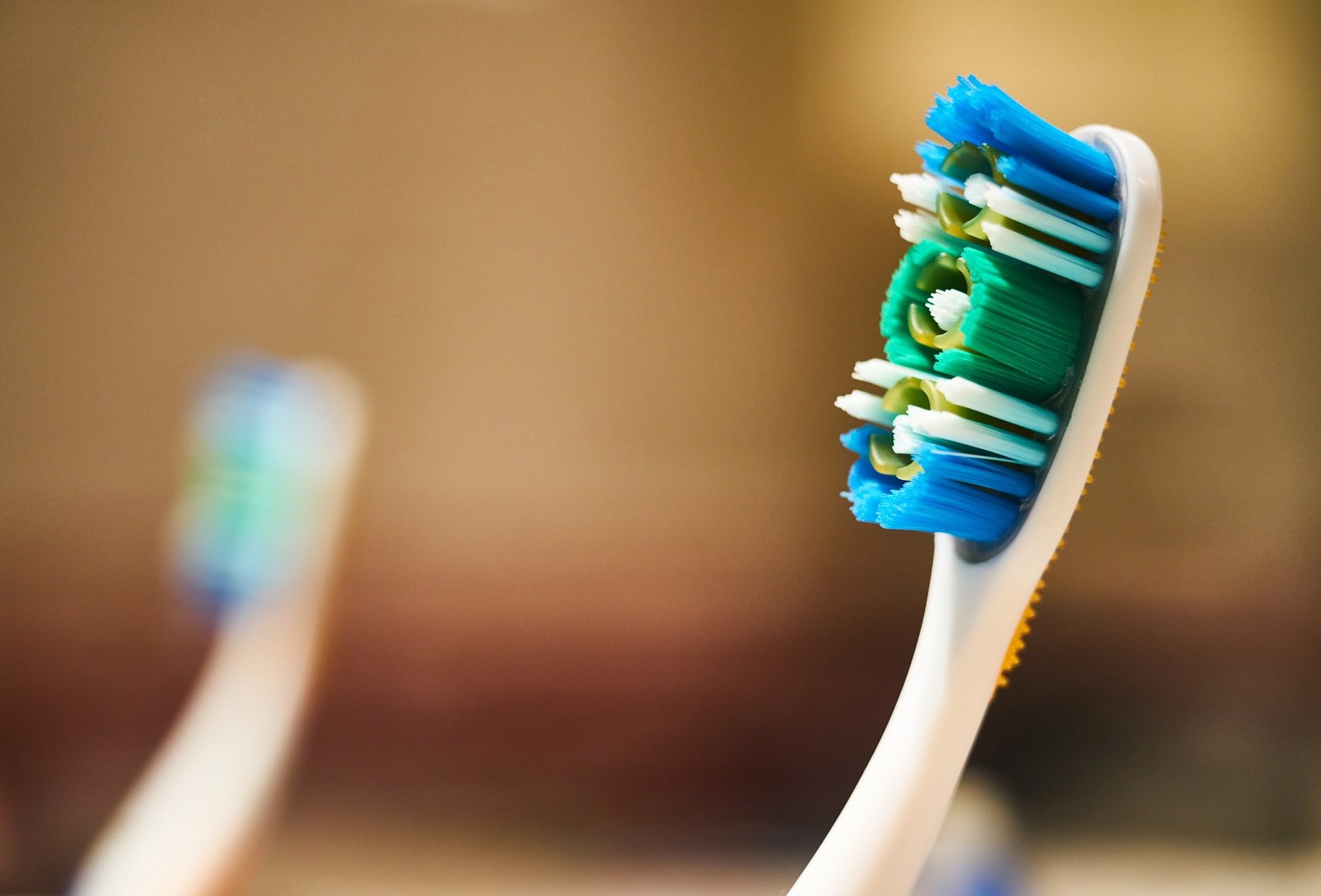




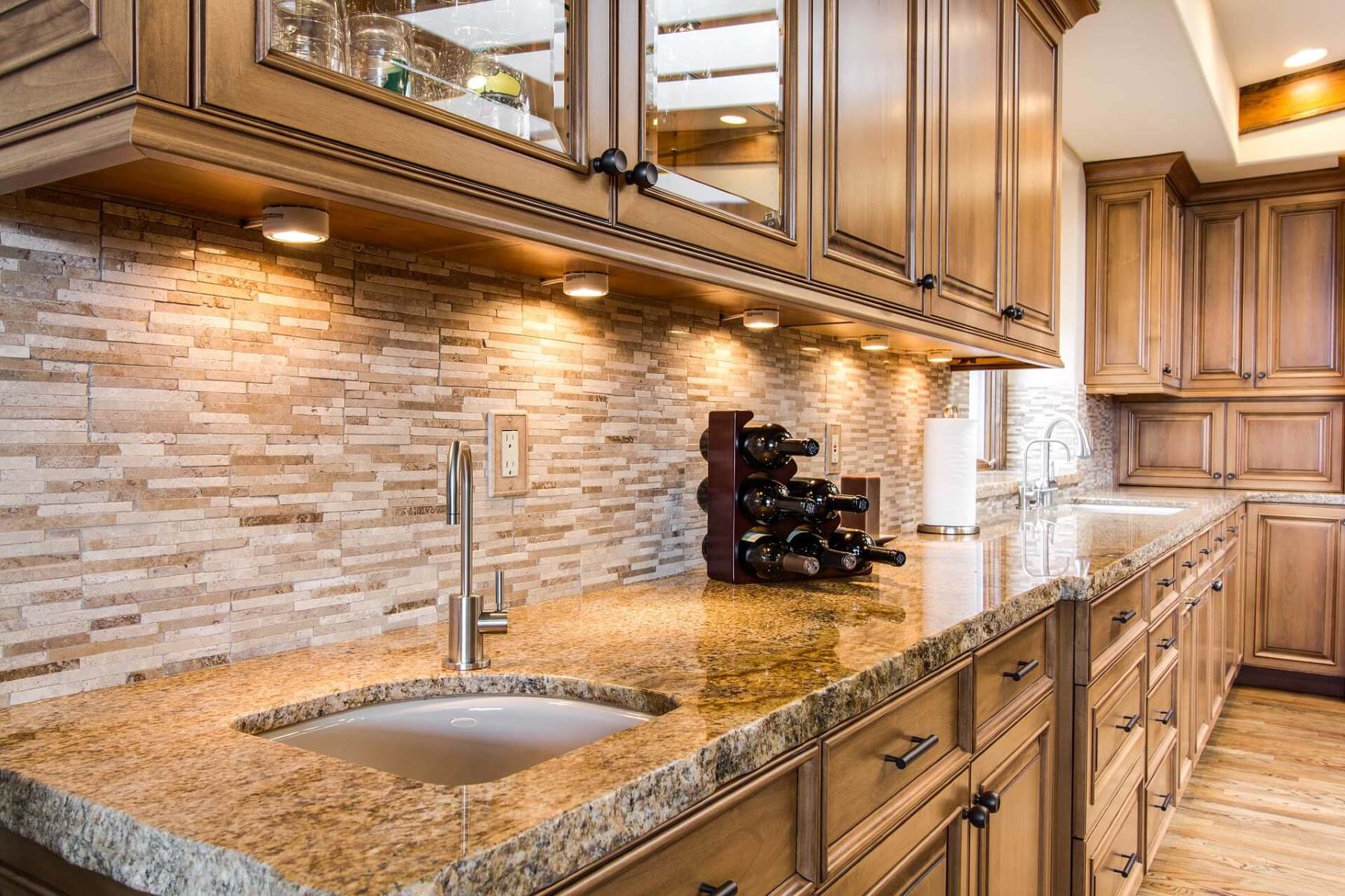


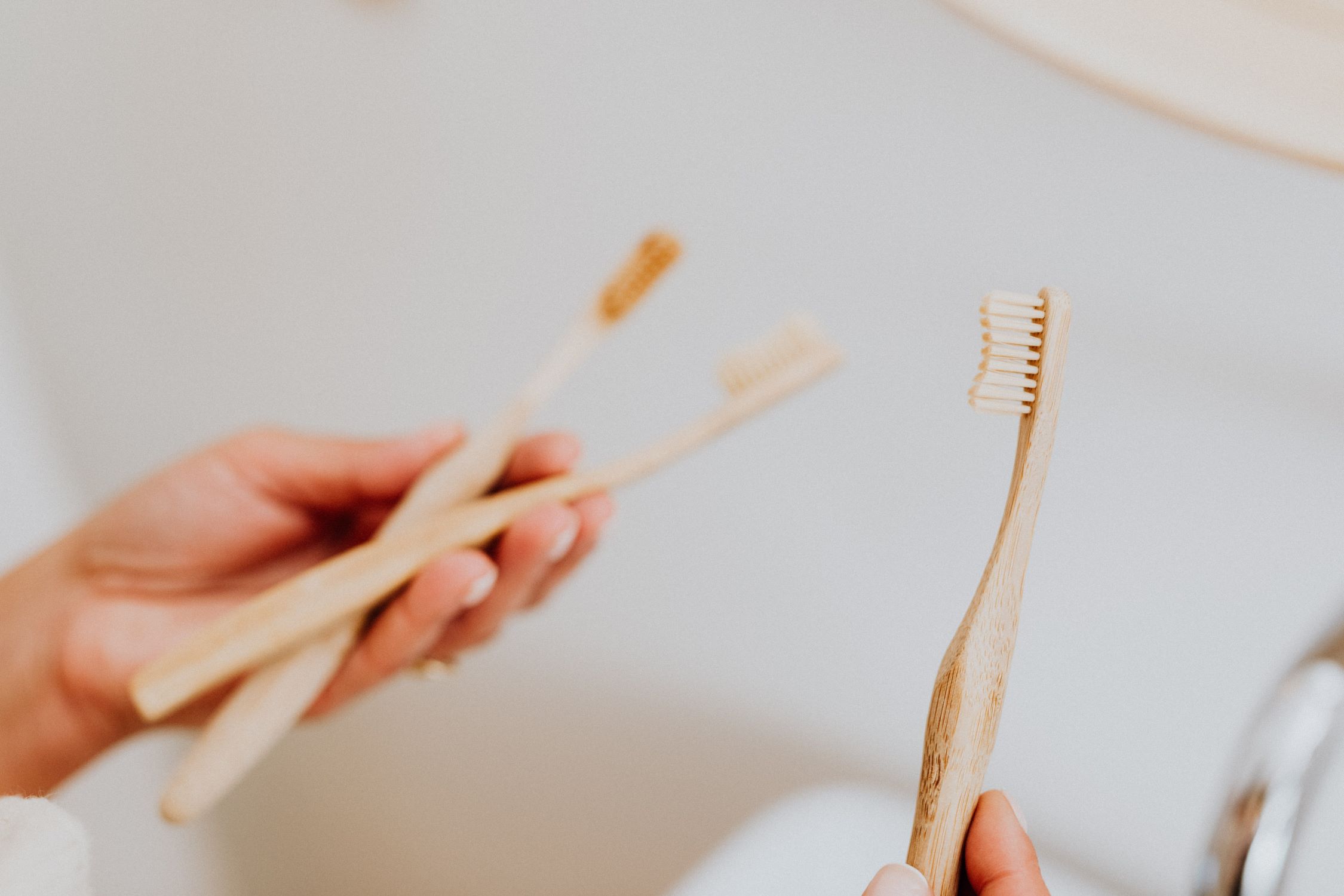
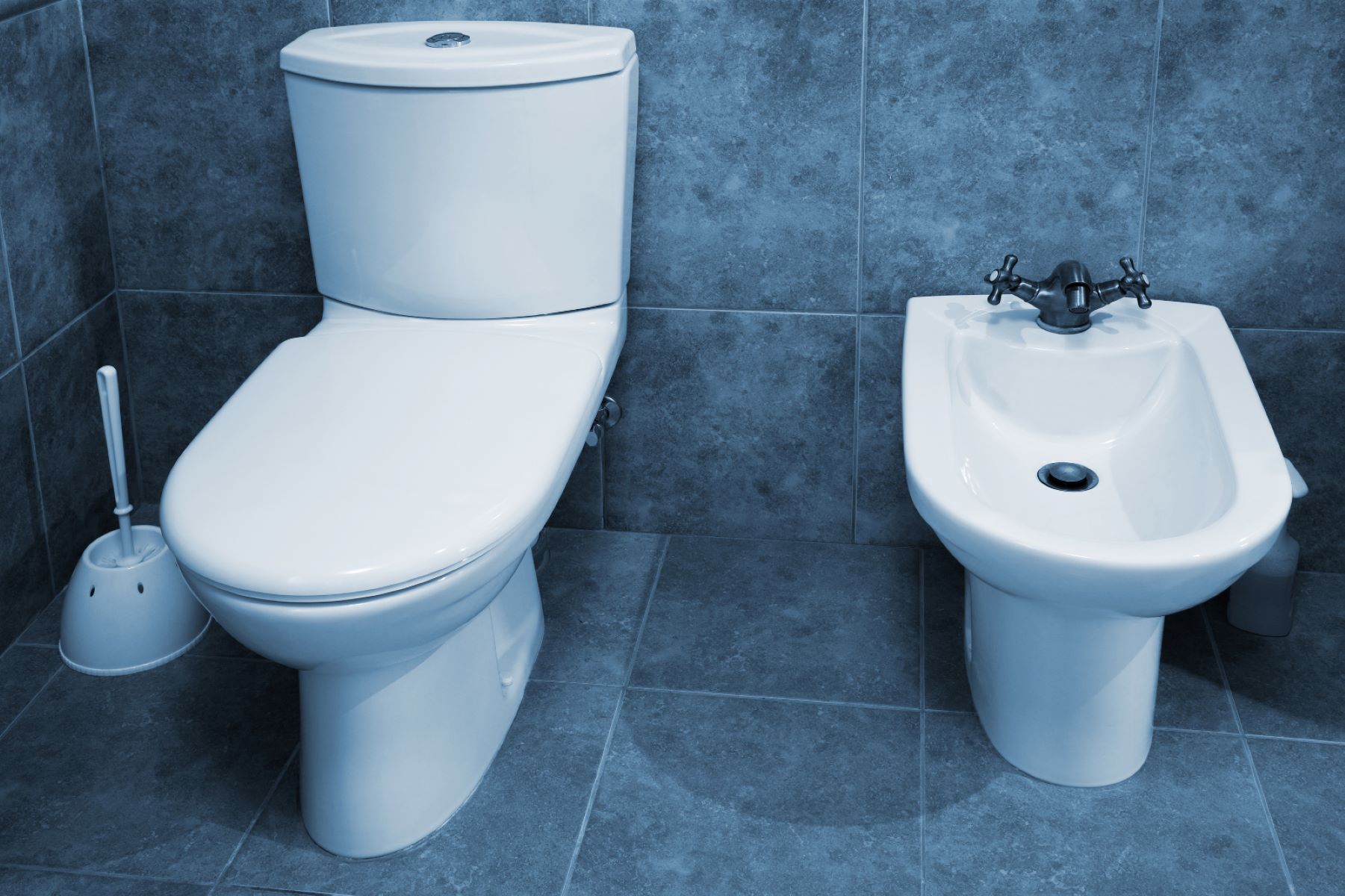

0 thoughts on “How To Choose A Toothbrush”